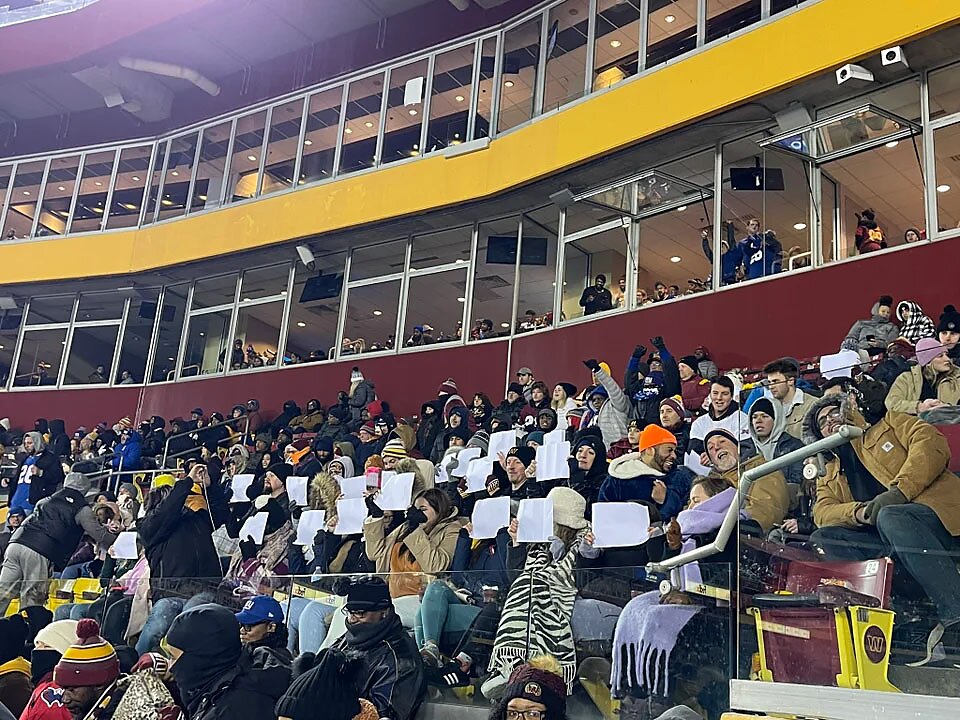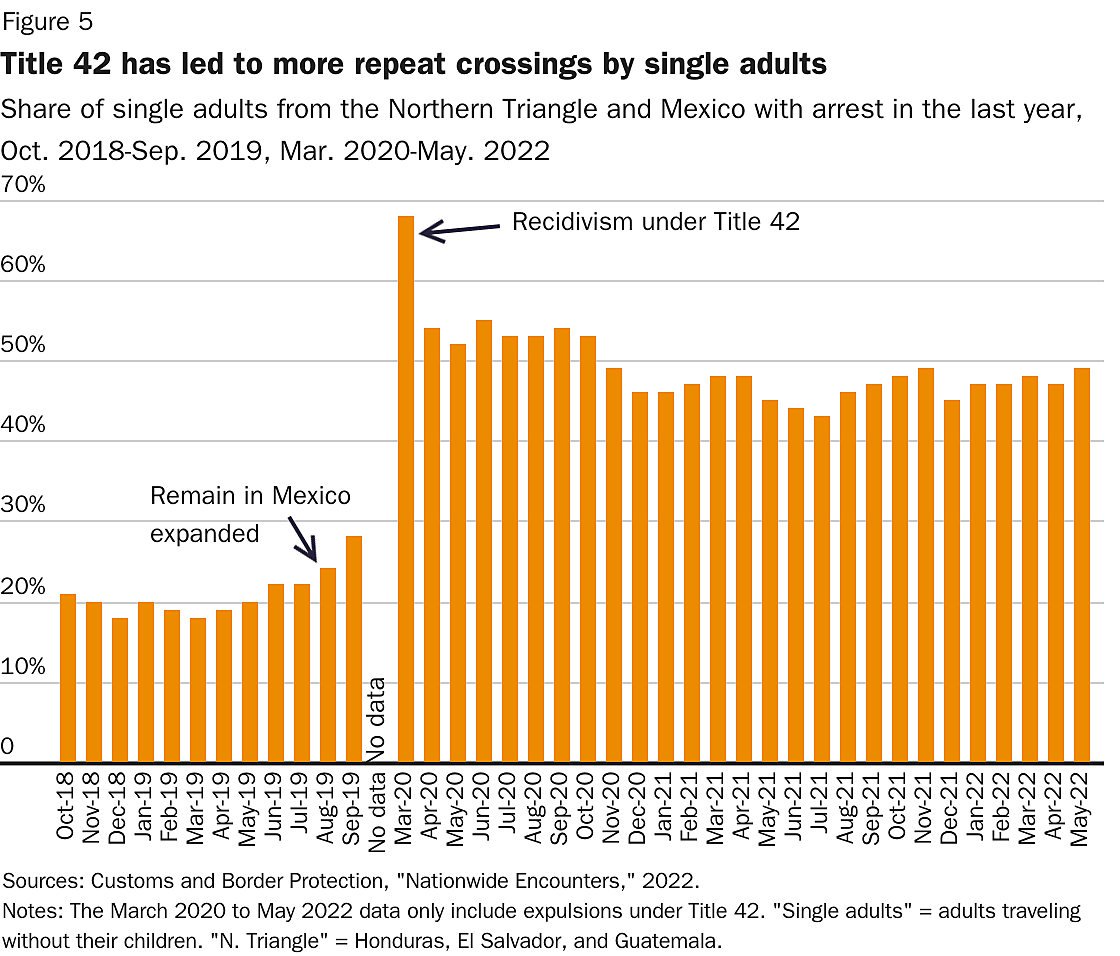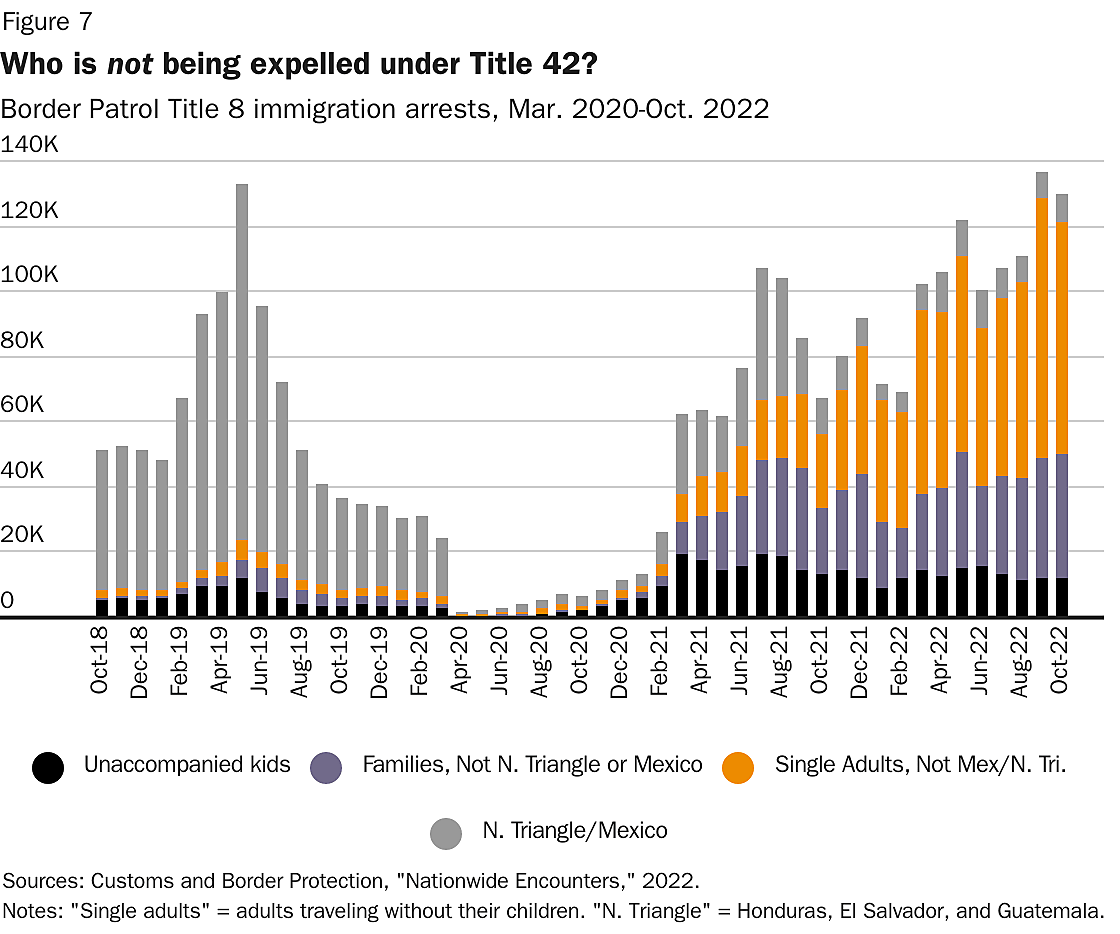Taxes on imports, known as tariffs, are regressive—they disproportionately burden the poor. A recent paper by Miguel Acosta and Lydia Cox explores the origins and implications of the regressive nature of the U.S. tariff code.
This paper is welcomed to the literature. As the authors note, the regressive pattern “has only been noted anecdotally” by Ed Gresser at the Progressive Policy Institute and others, including my colleague Ryan Bourne. Cox and Acosta lay out how U.S. “tariffs are systematically higher on lower lower-end versions of goods relative to their higher-end counterparts.” The authors note how the regressive pattern is particularly pervasive in final consumer goods categories. In fact, lower-end versions of these goods are subject to tariffs on average, four percentage points higher than their higher-end counterparts.
I also provide some examples of this regressive pattern in my chapter of my colleague, Scott Lincicome’s new book, Empowering the New American Worker.
Acosta and Cox explain that part of the story of how the U.S. tariff code became regressive is, unsurprisingly, a result of ignominious special interest lobbying. Interestingly, perhaps even ironically, another part of the story is an unintended consequence of liberalizing trade over decades. For example, in the Anglo-American Trade Agreement of 1938, the United States lowered tariffs on more expensive varieties of fishing reels because the United Kingdom primarily exported these high-quality reels. These types of concessions also continued with new trade agreements.
Liberalization also birthed an increasingly detailed schedule differentiating product quality. Later, as part of the General Agreement on Tariffs and Trade (GATT), the United States and the United Kingdom made more concessions for expensive varieties, and the regressive nature of the tariff schedule was born.
Acosta and Cox also examine the implications of the regressive tariff code and find that “consumers would save little over $4 billion on imported goods… if the regressive pattern were eliminated.” The authors go a step further and calculate that by uniformly lowering tariffs by 5 percentage points, “the average welfare gain for an individual earning $20,000 per year is about two times higher than an individual earning $100,000 per year.”
The origination of the regressive nature of the tariff schedule is important because of how bad government is at repealing poor policy. As policymakers consider ways to help the American worker, especially given the clear negative impact on welfare of these tariffs, they should seriously consider removing tariffs, at least on necessities, to help reduce prices and return some autonomy to people over their paychecks.












